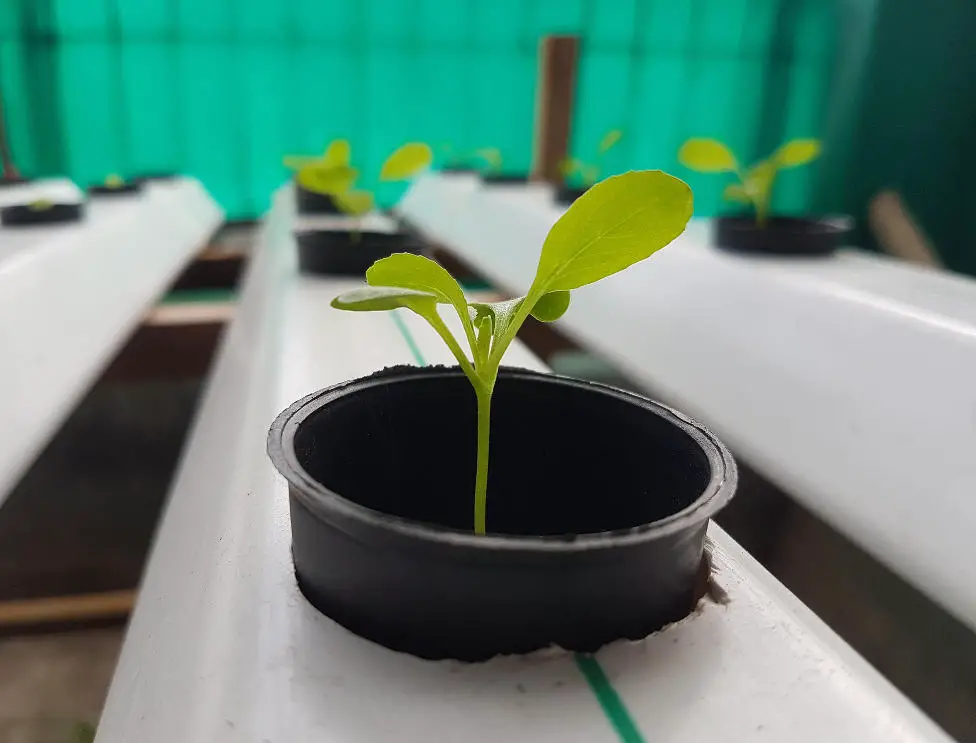A Delicate Drip of Innovation
Hydroponic gardening continues to evolve with a variety of systems, each offering unique benefits. Among these, the Drip System stands out for its efficiency and precision in delivering nutrients to plants. In this guide, we’ll talk about the Drip System, unraveling its principles, and advantages, and how you can implement this hydroponic technique to cultivate thriving plants.
Understanding the Drip System
The Drip System, also known as the drip irrigation system, is a hydroponic technique that delivers a controlled flow of nutrient-rich water directly to the plant roots. Unlike other systems that flood or mist plants, the Drip System utilizes a network of tubes and emitters to deliver water droplets precisely where they are needed.
Components of the Drip System
The Drip System comprises several essential components that work together to support plant growth. A nutrient solution reservoir stores the water and nutrients, while a pump pressurizes the solution for distribution. Tubing and emitters deliver the nutrient solution to individual plants, ensuring precise and efficient irrigation.
How Does the Drip System Work?
In the Drip System, nutrient-rich water is pumped from the reservoir through a network of tubes and emitters to deliver small droplets of water directly to the plant roots. This controlled delivery system ensures that plants receive the precise amount of water and nutrients they need for optimal growth. Excess water drains back into the reservoir, minimizing waste and preventing waterlogging.
Advantages of the Drip System
The Drip System offers several advantages that make it an attractive option for hydroponic gardening. It provides plants with a consistent and controlled water supply, reducing the risk of overwatering or underwatering. The precise delivery of water and nutrients promotes healthy root development and maximizes nutrient uptake, leading to faster growth and higher yields. Additionally, the Drip System is scalable and suitable for a wide range of plant sizes and varieties.
Suitable Plants for Drip System Gardening
Many plants thrive in the Drip System, making it a versatile choice for hydroponic cultivation. Leafy greens such as lettuce and spinach, herbs like basil and cilantro, and even fruiting plants like tomatoes and peppers can flourish in a Drip System setup. Understanding the specific requirements of each plant is essential for successful Drip System gardening.
Setting Up Your Drip System: A Step-by-Step Guide
Setting up a Drip System requires careful planning and attention to detail. Begin by assembling the necessary components, including tubing, emitters, and a nutrient solution reservoir. Position the emitters near the base of each plant, ensuring that water droplets reach the roots. Test the system to ensure proper flow and adjust as needed. Regular maintenance, including monitoring nutrient levels and cleaning the system, is essential for sustained success.
Challenges and Considerations for Drip System Gardening
While the Drip System offers many benefits, it’s essential to be aware of potential challenges. Clogging of emitters and tubing can occur, affecting the flow of water and nutrients to plants. Regular maintenance and cleaning of the system are necessary to prevent clogs and ensure consistent performance. Additionally, monitoring nutrient levels and pH levels is essential for maintaining optimal conditions for plant growth.
Cultivating Growth Drop by Drop
The Drip System offers a precise and efficient method for delivering water and nutrients to plants in hydroponic gardening. By understanding its principles and advantages, gardeners can harness the power of the Drip System to cultivate thriving plants with ease. Setting up a Drip System opens up a world of possibilities, allowing you to grow a wide range of crops with precision and efficiency. Cultivate growth drop by drop with the Drip System and watch your plants flourish in a nutrient-rich environment.
